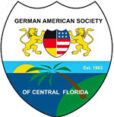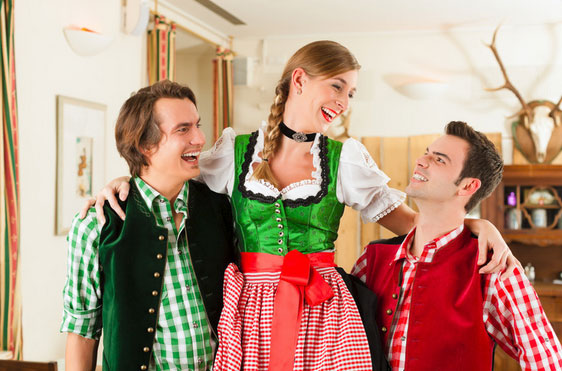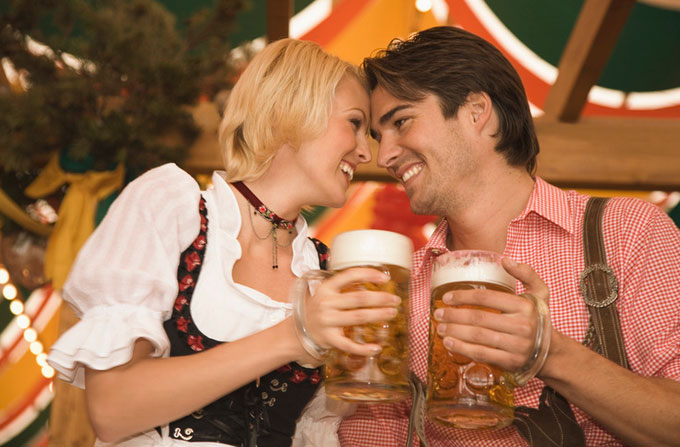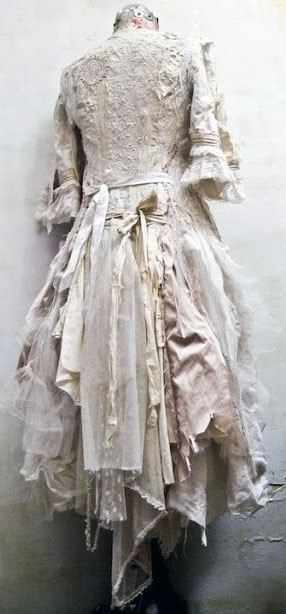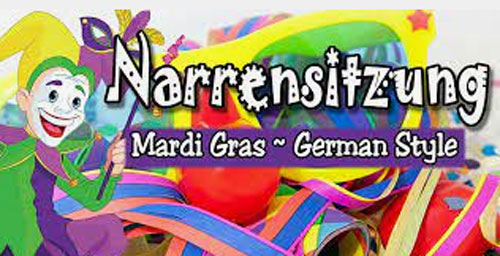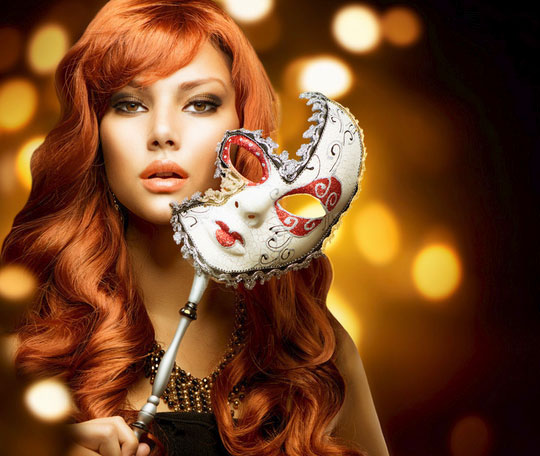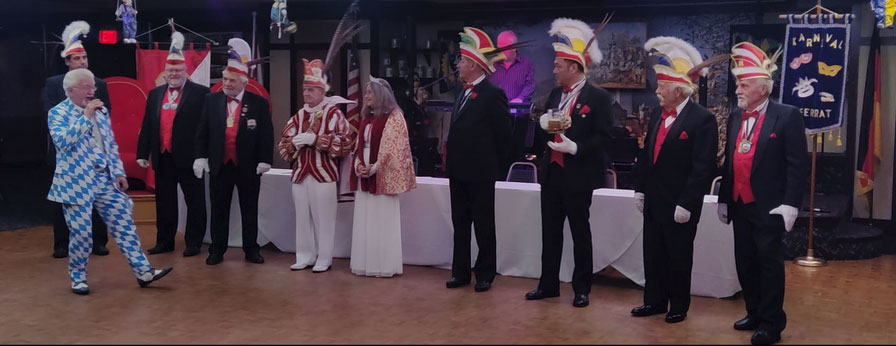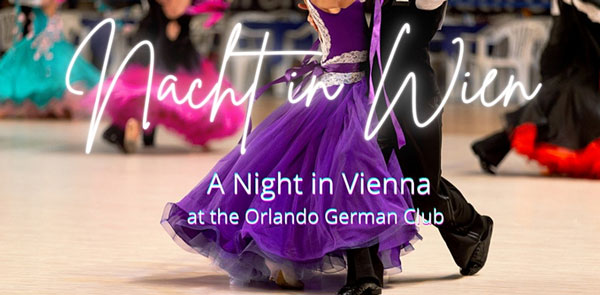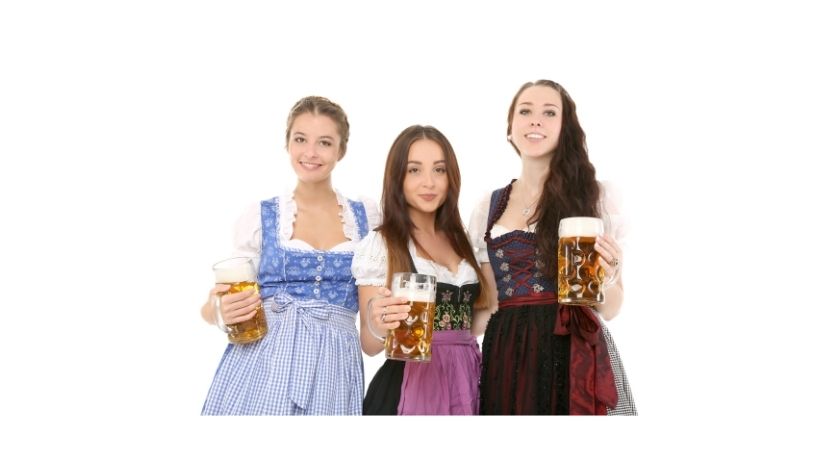 “Tracht” is often used to describe a very specific kind of clothing. In Bavaria, a certain type of regional clothing was used for work and also for holidays. Until the mid-18th century, the word was still used corresponding to its word stem “tragen”, to wear. The contemporary meaning started in the 19th century, when the concept of folk costumes became popular.
“Tracht” is often used to describe a very specific kind of clothing. In Bavaria, a certain type of regional clothing was used for work and also for holidays. Until the mid-18th century, the word was still used corresponding to its word stem “tragen”, to wear. The contemporary meaning started in the 19th century, when the concept of folk costumes became popular.
Before that, traditional costumes indicated the region and also the social origin of their wearers.
Fueled by the search for a cultural identity for Bavaria, a farming community, traditional clothing on one side and contemporary fashion on the other, was created. Many artists and nobles were creating a romanticized desire to find and preserve national costumes. It is said that Prince Regent Luitpold (1821-1912) loved to display his patriotism and his respect to the people by wearing Lederhosen and Alpine jackets (Janker).
There are different groups of traditional clothing common in Bavaria. Historic costumes such as Tracht fashion (“Trachtenmode”), which is very similar to historic Tracht but varies in details. It is commonly worn in South Bavaria. Another type of Tracht is a subset of Trachtenmode, which loosely references historic Tracht.
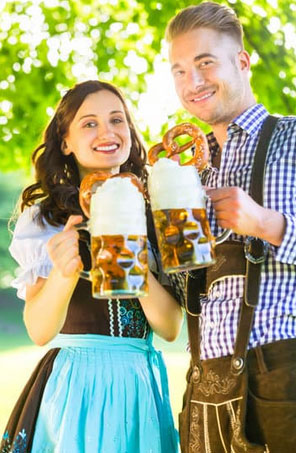 In all groups, Tracht is most often used to reference upper Bavarian alpine costumes, “oberbayerische Gebirgstracht”. After loden suits became popular at the Bavaria court in the late 19th century, Lederhosen became less and less visible on the streets. This motivated the teacher Joseph Vogel from Bayrischzell, to start the first association for the preservation of traditional clothing, the first “Trachtenverein“, in 1883.
In all groups, Tracht is most often used to reference upper Bavarian alpine costumes, “oberbayerische Gebirgstracht”. After loden suits became popular at the Bavaria court in the late 19th century, Lederhosen became less and less visible on the streets. This motivated the teacher Joseph Vogel from Bayrischzell, to start the first association for the preservation of traditional clothing, the first “Trachtenverein“, in 1883.
In 1859, another group was founded in Miesbach, (which was at first mainly a schuhplattler group) but later turned into one of the first trachenvereins. At the time when Miesbach Tracht was created, it became so popular that it became common all over South Bavaria and motivated the foundation of other groups. This new tracht lead to the disappearance of local traditional costumes in many places, but there are also cases in which the organized tracht movement lead to the rediscovery of local tracht and culture.
The type of clothing, which is sold in tracht outlets specifically for Oktoberfest, is only vaguely referencing actual tracht. Wearing tracht clothing became extremely popular during the 2000s.
